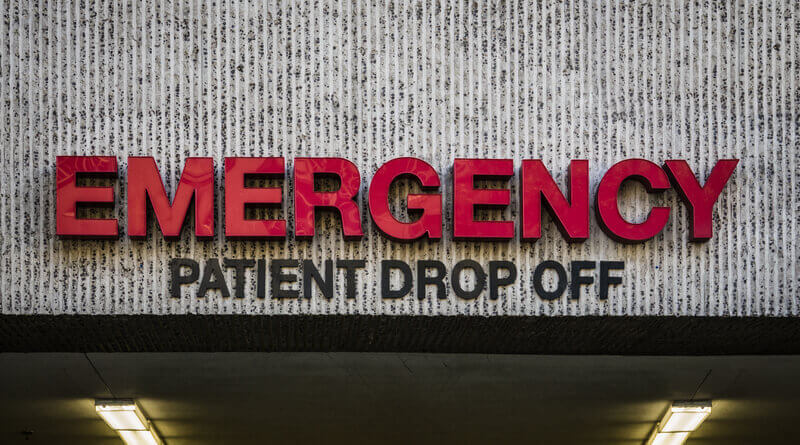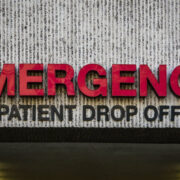Patient Safety: Symptoms of a Stroke

The following post on strokes and patient safety was submitted by Slidell Memorial Hospital.
Are you aware that strokes are a type of disease?
Strokes disturb arteries leading to and within the brain, as well as those leading to it. They are one of the top causes of disability and death in the south.
Here’s another terrifying fact: Stokes can happen to absolutely anyone.
Are you ready for some good news? You can learn the warning signs of stroke by reading below. This information just might save your life—or the life of a loved one.

Recognizing the early signs of a stroke can save a life.
What Exactly is a Stroke?
A stroke occurs once a blood vessel carrying nutrients and oxygen to the brain either has its passage blocked by a clot (an ischemic stroke) or ruptures (a hemorrhagic stroke). When deprived of the oxygen and blood needed, brain cells die. If blood flow is stopped for too long, bodily functions related to the obstructed areas can stop functioning properly.
Stroke Symptoms
Knowing what a stroke looks like can help you save someone’s life. The quicker you respond, the greater the chance of survival for the stroke victim. Thankfully, a simple acronym can help you remember and recall the symptoms of stroke: F.A.S.T.
• Face Drooping– Ask the victim if a side of their face is numb, and look to see if it appears uneven. If it is difficult to decipher, ask the victim to smile.
• Arm Weakness– Ask the victim to lift up both of their arms. If one arm is too numb, weak, or falls down, this is a sign of stroke.
• Speech Difficulty– Incoherent or slurred speech is an obvious symptom. Ask the victim to repeat an easy sentence back to you such as, “The dog barks.” If the sentence they repeat is slurred, the victim can’t speak at all, or has difficulty comprehending, this too is a sign.
• Time to call 9-1-1– If you notice someone showing any of these signs, call 911. You should still call 911 even if the symptoms go away. Immediately take the person to the hospital, and do not wait. Be proactive. Make note of the time that these symptoms presented, and relay this to the hospital.
Although these aren’t the only signs of stroke, they’re the most typical. Some infrequent signs of stroke are vision problems, difficulty walking, and sudden confusion.
The Next Step
Like the symptoms shown above, if you notice anyone showing even one of the other symptoms, do not hesitate to call 911.
It is critical to note that the greatest issue with treating stroke is reaction time. Act swiftly and learn the signs. Visit Slidell Memorial Hospital to get evaluated.


